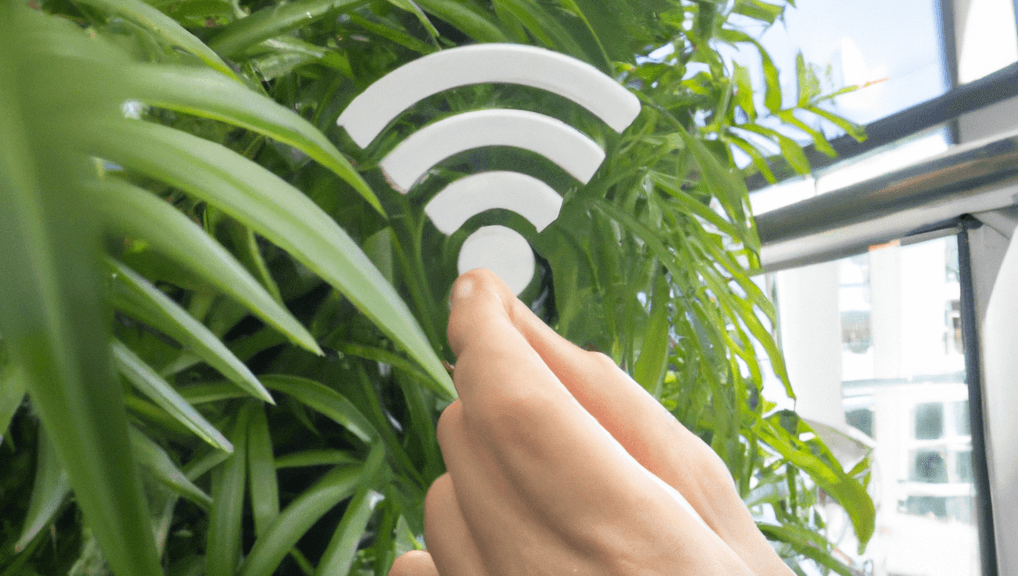6 steps to create a secure wifi network at home
Table of Contents
Poorly secured WiFi can attract intruders who are not necessarily great hackers. There are thousands of websites and easy-to-use software that explain how to access a inadequately secured WiFi. It is interesting to take into account these tips on how to configure a wifi network at home. These steps will stop intruders wanting to use your home wifi network.
Tips on how to create a secure WiFi network at home.
Each router has specific technical recommendations as well as configuration, but whatever the equipment you may have, following these tips on how to create a secure home wifi network will significantly improve your security.
1. Know your home wifi.
The following advice it is self-evident: You should know your WiFi network equipment.
Each router and model has its own specifications and interface. If you do not know your equipment and how it works, you will hardly be able to configure it correctly.
We recommend you to have at hand the instruction manual that all routers come with to consult it whenever needed. If not, you can usually get a PDF copy online.
It is also necessary to know the current situation of your wifi, that is to say:
- Do you know if your WiFi is open or password protected?
- Do you know what kind of security you are using in your home WiFi?
It is possible that you are one of those who, out of laziness or ignorance, leave the wifi router with the default settings provided by your ISP (Internet Service Provider). This is a serious mistake, as this configuration is automated for thousands or millions of users. Surely this is the first thing that anyone wanting to use your WiFi illegally will look at.
2. Change the network name (SSID).
Each WiFi network uses a name to be recognized, this is called SSID.
It is very important to change this name, since by default it will be configured with a name generated for thousands of routers or from an algorithm. It can be very easy to find out which is our router model based on the SSID. It is also possible to guess which is our ISP based on this information. This is a problem because there are lists on the internet with default passwords and password generators based on the internet operator.
Setting an original and different name will not only improve your security, but it will also give it a personal feel. The farther away it is from real data and the more creative it is, the better.
Do not add your apartment number, last name or any data that can expose your identity. If someone tries to get into your wifi network, at least it will not be trivial.
3. Change the default security settings.
This recommendation is a must! Check if the security encryption of your router is properly configured.
Use WPA-3 (currently the most secure and the one we recommend) or WPA-2 encryption. Never use WEP encryption. Its bvulnerabilites are well documented. When possible, use only AES CCMP instead of TKIP.
Not all devices can use WPA-3 encryption, so you may have to use WPA-2. It is not a bad option. Periodically check your devices. If all of them support WPA-3 take the leap and only use this encryption.
Disable WPS. It is a feature for home WiFi routers that when enabled with PIN mode, which is the usual, can allow someone to connect to your WiFi network without knowing the password. An attacker would only need a number (PIN).
This functionality is very convenient but there are a large number of applications that abuse this functionality to get connected to the WiFi fraudulently.

Change the default password to your personal password. To choose your WiFi password, use at least 8 different characters, combining uppercase and lowercase letters, symbols and/or numbers. It is also interesting to change it from time to time, so that a hacker who wants to get your password would have no longer access and would have to start the process again.
One method to generate secure and easy to remember passwords is to use a phrase as a password. It should have many characters and a symbol or a number in the middle.
4. Update the firmware of your home wifi router.
The firmware is, so to speak, the operating system of the router. It is interesting to have it updated, because if there is any security breach, it is possible that the manufacturer has corrected it in its updates.
5. Change the password of your wifi router at home.
The routers usually have a web page with its own password to manage it, it is important that you change it.
By default they usually have passwords such as “admin”, “root” or “1234”. As you can see, these passwords are not very secure and keeping them can leave the door open for hackers to modify the router for their own benefit.
There are pages on the Internet where you can consult the default passwords of the routers.
6. Check your network periodically.
Periodically check that everything is working and secured by using a wifi analyzer to check the security and overall performance of your WiFi.
It is important to check that your network configuration is still secure, as sometimes your internet provider can make changes to your network or even create parallel networks that can compromise and ruin all your efforts to keep your WiFi network secure.
Simply check from time to time that all of the above points are correctly implemented.
You are now better protected.
With these tips on how to create a secure home wifi network you will get the peace of mind to use your wifi without fear of being hacked, but if you are still not at ease and want to have more security, you will need professional actions. For companies, I recommend our WiFi security audit service, with which our experts will test your wifi network and find solutions for any security problems you may have.
This article is part of a series of articles about WiFi setup for teleworking and small offices



